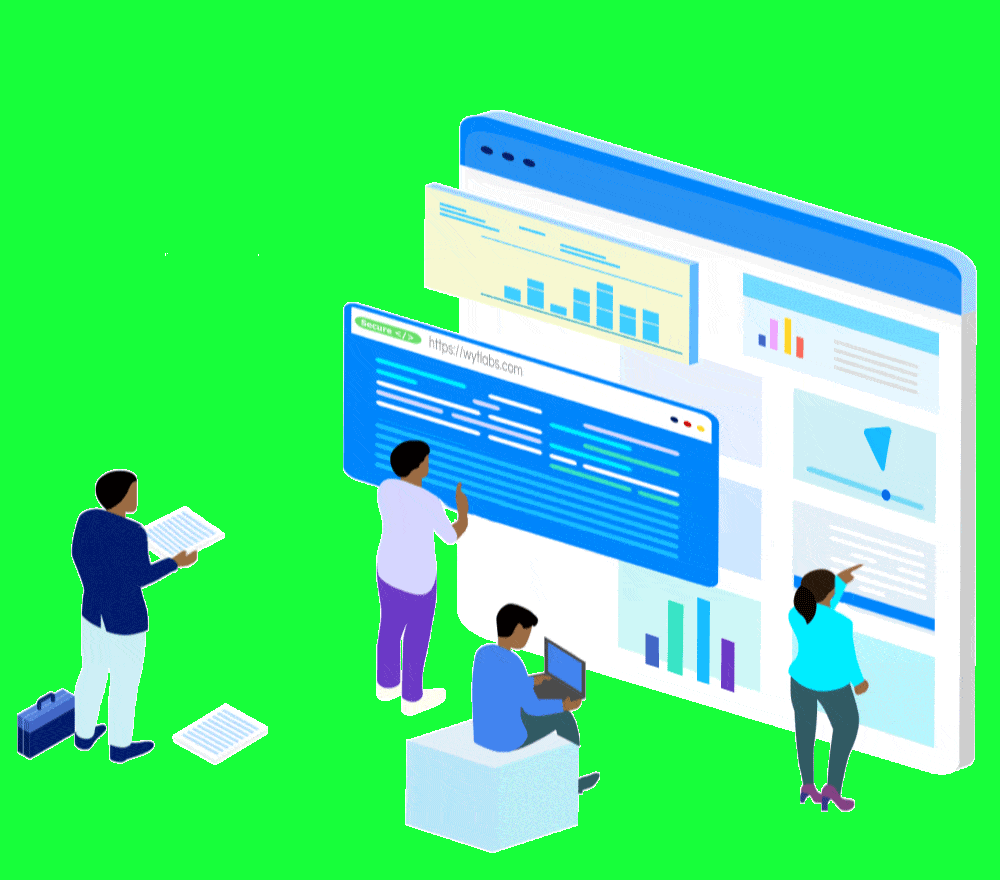Risk mitigation, as the name suggests, is nothing but a strategy to prepare for and minimise the effects of potential threats faced by a business, and in this case by a website or app designer. Risk mitigation not only helps protect the interests of all parties involved but also ensures business continuity in the long run.
At this point, you may be wondering, why is it that UI/UX Designers need to even consider risk mitigation as a part of their work! Well, that is because website and app designers face numerous risks owing to their work which are largely due to factors such as –
- Time constraints
- Budgetary restrictions
- Various design changes at every stage of production
- Multiple rounds of usability testing
- Numerous iterations to improve user experience
- Design changes as a result of new product/feature introduction
To ensure website designers do not face the brunt of these multi-faceted risks, over time, some tried and tested risk mitigation strategies came into place. Let us take a closer look at these proven risk mitigation strategies –
- A Systematic Approach
Whether it is a website or an app, the fact remains that the design strategy will not remain stagnant. In fact, it is bound to continually evolve, until the website/app is launched, and has become at least remotely successful. Hence, it is to the benefit of both parties to have an understanding that the process of design will be slow and ever-changing. Once this is agreed upon, the design iterations become much more manageable, thereby ensuring more work is done in shorter time intervals. Moreover, this makes it possible for the design to be user-oriented in all possible respects.
- Test and Learn On The Go
For a website or app to be growth-driven, it is essential that the design team willingly tests the same, learn about their shortcomings, make changes based on these tests, and the test again. This not only helps in weeding out any unwanted parts of the design but also makes sure that the parts that work are well-concentrated upon and are shaped in a way that enhances the overall user experience by manifolds.
- Have a Purpose
Regardless of the number of meetings it takes for the design team to understand it before they begin the design process, they must have a clear purpose for every page of the website or app chalked out in front of them. The purpose is what helps design a page to perfection, and what ensures that the relevant call to action is always present in a location that can be easily spotted by the user.
Moreover, a detailed purpose will ensure that the user always knows where they are on the site/app, and what action they need to take next. This seamless user experience will ensure they keep coming back for more and the website/app reaches its intended level of success.
- Integrate Marketing and Sales
Rather than the website being just a great design iteration, it is always in the interest of the business owners and customers when the website is a carefully planned integration of the findings of the sales team and the insights of the marketing team. Of course, such integration is bound to take up additional time and effort. However, once taken care of, it can save the designers from innumerable iterations towards the end. Moreover, since it will ensure that the website is much more profitable, it will add a feather to the design team’s cap.

- Personas At the Centre Stage
Every great website design starts with the creation of marketing personas which are nothing but fictional characters that model the age, demographics, lifestyles, wants, and needs of actual customers. If and when the design team ensures that the needs of these personas are consistently met by the website design, the risk of redoing or revamping the design at every stage gets minimised to a great extent. Right from ensuring that the design team is always ahead of the curve, to creating a website that offers a seamless and rather pleasant user experience, concentrating on marketing personas can help achieve it all with elan!

We hope that you are now well aware of some of the most trusted and effective ways of mitigating design risks during website or app creation. Taking these into consideration will not only help ease your work to a great extent but will also ensure that your clients have a blissful experience working with you! Now, that’s a win-win situation that’s hard to ignore!
Frequently Asked Questions Pertaining to Minimising Design Risk at Creation
What are the Five Stages of Design Thinking?
The five stages of design thinking include –
- Stage 1: Empathize with the User’s Needs
- Stage 2: Define the Users’ Needs and Issues
- Stage 3: Create Ideas that Challenge Assumptions
- Stage 4: Create Relevant Solutions
- Stage 5: Try Out the Solutions
What are Some of the Tested Ways to Mitigate Risk For Any Design Project?
Some of the most prominent ways for UX/UI designers to mitigate design risks include –
- Getting a signed approval for initial designs
- Securing a down payment for the design project
- Drawing a custom contract
- Creating clear lines of communication pertaining to the score of work
- Setting an additional fee for the work done outside of the set scope
- Having a clear timeline to work with
![How to Minimize Design Risk at Creation? [Proven Risk Mitigation Strategies] risk mitigation strategies](https://www.yellowslice.in/bed/wp-content/uploads/2021/11/risk-mitigation.jpg)



